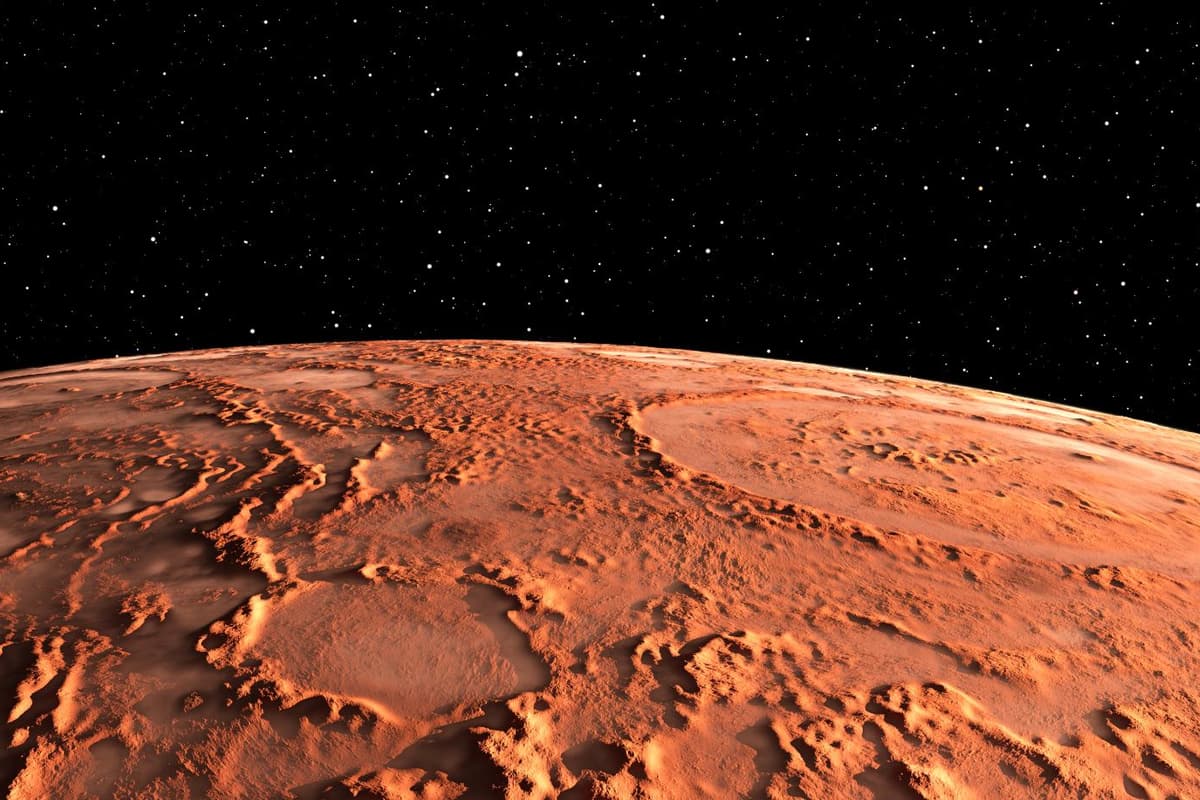Brighter Side of News
1M
173

Image Credit: Brighter Side of News
Why is Mars red? Scientists may have been wrong all along
- Mars has long intrigued scientists with its red hue, thought to come from iron-rich minerals like rust on Earth.
- New research challenges the belief that hematite is responsible for Mars' color, pointing to ferrihydrite instead.
- Ferrihydrite, a mineral formed in cool water, dominates Mars' reddish dust according to a recent study.
- This suggests Mars may have had a period of water activity before becoming dry and cold.
- Data from Mars missions and laboratory simulations support the presence of ferrihydrite in Martian dust.
- The discovery of hydrogen in the dust implies water was chemically bound within the particles.
- Analysis of Martian dust composition indicates past chemical alterations involving water.
- The presence of ferrihydrite hints at conditions suitable for microbial life on ancient Mars.
- NASA's Perseverance rover is collecting samples for future return missions to further analyze Mars' dust.
- Ferrihydrite's role in Mars' reddish hue continues to spark interest, awaiting confirmation from direct sample analysis.
Read Full Article
10 Likes
For uninterrupted reading, download the app